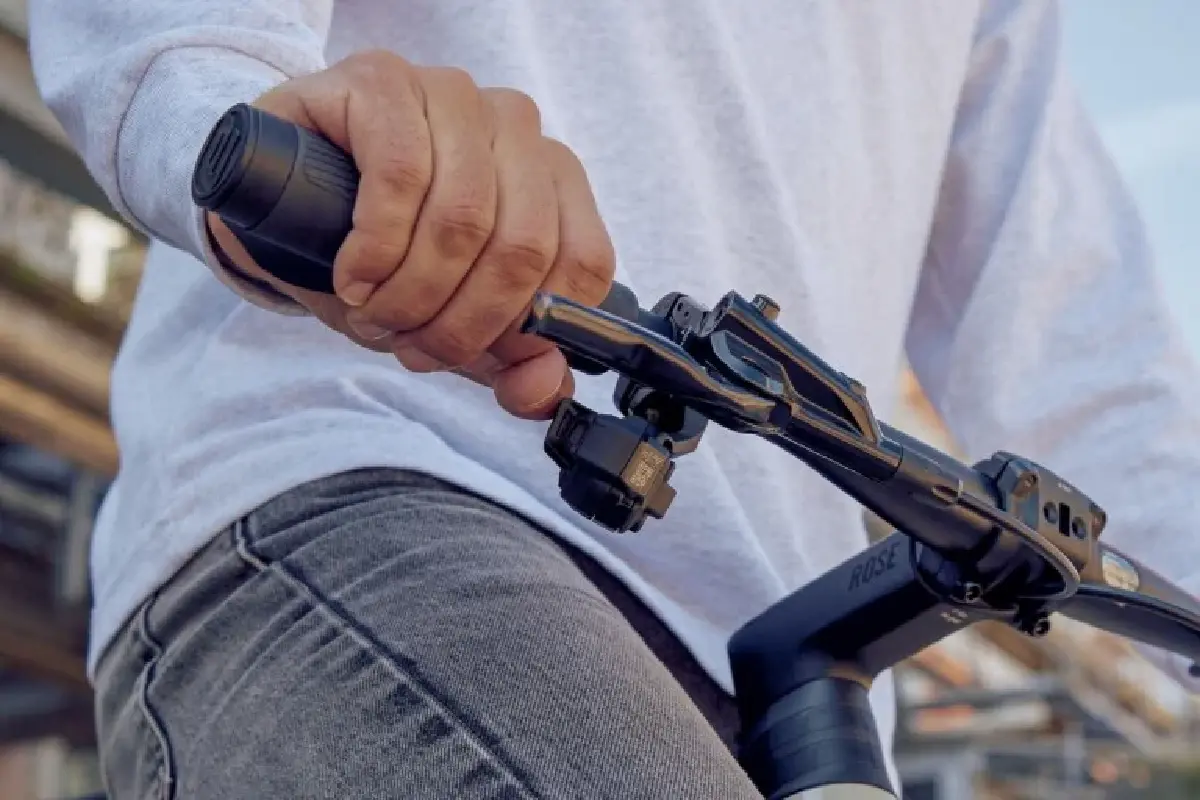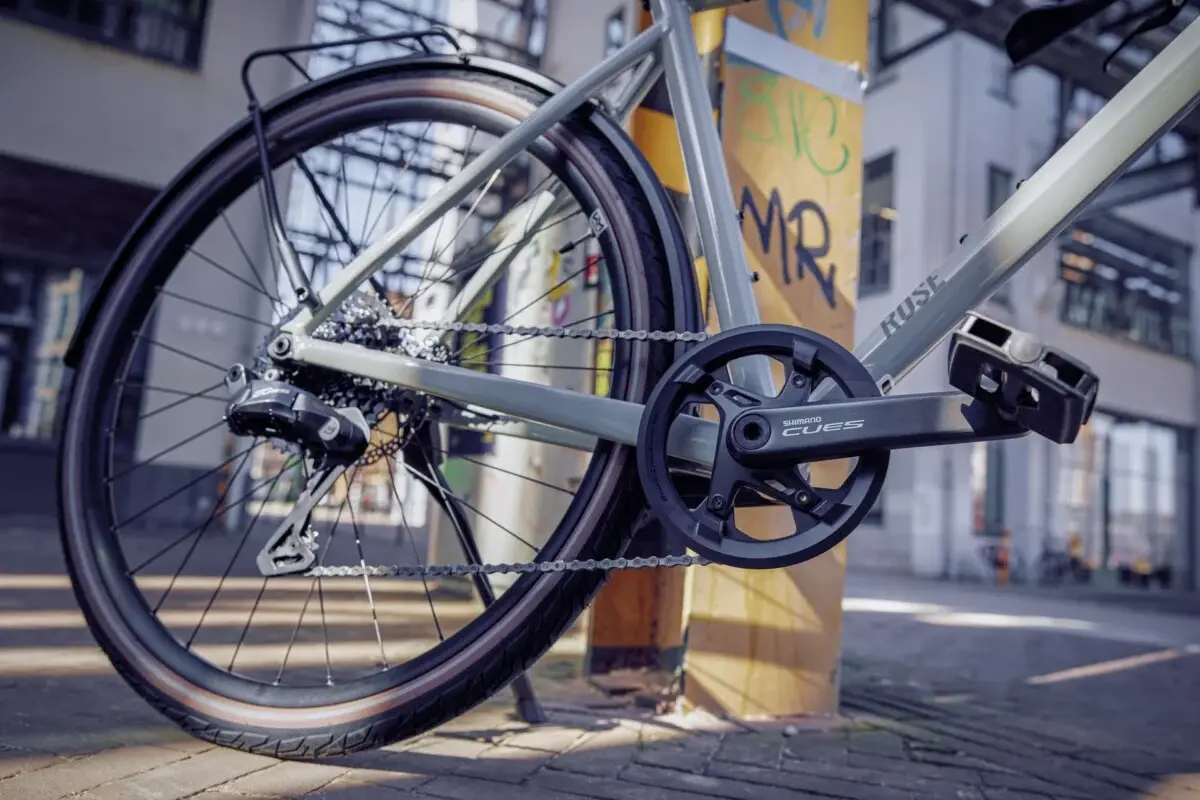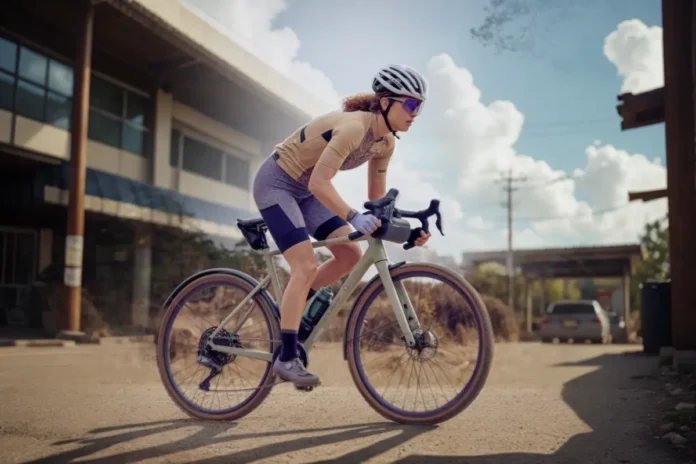London, UK – The cycling world is abuzz with electrifying news! Shimano, a name synonymous with cycling innovation, has officially unveiled its long-anticipated Q’Auto system on June 4, 2025. This groundbreaking technology introduces a fully automatic, wireless, and entirely self-charging bicycle transmission system, poised to redefine the riding experience for urban commuters, leisure cyclists, and gravel adventurers alike. CommaFast delves into this game-changing development that promises a future of effortless and intuitive cycling.
For years, the quest for the perfect bicycle transmission has seen numerous advancements, from manual gears to electronic shifting. However, Shimano’s Q’Auto represents a monumental leap forward, promising to eliminate two of the biggest concerns for modern cyclists: the hassle of manual gear changes in dynamic environments and the need to recharge batteries for electronic systems.
The Dawn of a New Cycling Era: Shimano Q’Auto Arrives
Modernising the cycling experience, especially for electric bikes, has increasingly pointed towards automatic transmissions. While systems like Shimano’s Di2 have offered electronic shifting for sportier bikes and some Nexus hub-geared models, they’ve always required a dedicated battery that needs periodic recharging.
Shimano has been teasing a solution that marries automatic shifting with electronic precision and energy autonomy since 2023. Now, the Shimano Q’Auto system is no longer a rumour but a reality, set to transform how we interact with our bicycles. This technology is specifically engineered for urban bikes, versatile trekking bikes (VTCs), and the increasingly popular gravel bike segment.

Under the Hood: The Ingenious Mechanics of Q’Auto
The magic of the Shimano Q’Auto system lies in its sophisticated, yet elegantly simple, core components.
The Heart of Autonomy: Cues FH-U6060 Hub
At the centre of the Q’Auto system is the Cues FH-U6060 hub. This isn’t just any hub; it’s a marvel of engineering.[1] Integrated within it is a dynamo that cleverly generates electricity as you pedal.[1] This power is then stored in a compact lithium-ion battery, capable of retaining its charge for up to a year, ensuring your transmission is always ready.
But the hub does more than just power the system. It houses a small internal computer that processes data from three crucial sensors:
-
Speed sensor: Monitors how fast you’re travelling.
-
Cadence sensor: Tracks your pedalling rhythm.
-
Incline sensor: Detects changes in terrain gradient.
Together, these sensors feed the system information to ensure the smoothest, most intuitive pedalling experience possible, automatically selecting the optimal gear for any situation. Shimano emphasizes that this design facilitates “easy integration and long-term reliability,” making it perfect for traditional mechanical bicycles seeking a high-tech upgrade without the fuss of external batteries or complex wiring.
Seamless Shifting: The Intelligent Algorithm at its Core
The Q’Auto system pairs the smart hub with a reliable Cues RD-U8050 derailleur and a wireless SW-EN605-R control unit. This wireless shifter allows riders to switch between fully automatic mode and a manual override.
Why manual mode in an automatic system? The genius lies in its learning capability. When in manual mode, your shifting patterns help to train the system’s algorithm. Shimano states, “The more you ride, the more you personalize the relationship between the cyclist and the bike.” With an astounding 6,500 possible shifting combinations recorded, the Q’Auto system learns to mimic your preferred style, making the automatic mode feel incredibly personalized over time.
This intelligent adaptation is a boon for all cyclists. Performance-oriented riders will appreciate the fine-tuning capabilities, while urban cyclists – who perhaps are less diligent with gear changes – will benefit from reduced strain on their drivetrain and a consistently efficient ride by always being in the correct gear.
Who Benefits from Shimano Q’Auto?
The Shimano Q’Auto system is engineered to enhance the cycling experience across a diverse range of applications:
-
Urban Cyclists: Navigating city streets with frequent stops and starts becomes a breeze. Q’Auto handles the gearing, allowing riders to focus on their surroundings.
-
VTC (Vélo Tout Chemin) / Hybrid Riders: Leisurely rides and commutes are made more enjoyable with smooth, automatic gear adjustments, adapting effortlessly to varied terrains.
-
Gravel Enthusiasts: Exploring mixed surfaces, from tarmac to trails, is simplified. The system’s responsiveness ensures optimal gearing for changing conditions under tyre.
-
Electric Bikes (E-bikes): While initially targeted at mechanical bikes, Q’Auto holds significant potential for e-bikes. Its self-charging nature and clean, wireless setup could appeal to e-bike manufacturers aiming for minimalist designs and enhanced user convenience. Furthermore, Shimano confirms that all components are compatible with existing Shimano Di2 systems, offering an exciting upgrade path for owners of sporty e-bikes equipped with Di2.

Shimano Q’Auto: Key Features at a Glance
| Feature | Description |
| System Name | Shimano Q’Auto |
| Target Bicycle Types | Urban, VTC (Hybrid), Gravel |
| Shifting Type | Automatic & Manual (Wireless Control) |
| Power Source | Self-charging via integrated dynamo in Cues FH-U6060 hub |
| Battery | Lithium-ion, holds charge for up to one year |
| Sensors | Speed, Cadence, Incline |
| Key Hub Component | Cues FH-U6060 |
| Key Derailleur Component | Cues RD-U8050 |
| Control Unit | SW-EN605-R (Wireless) |
| Algorithm | Self-learning, adapts to rider’s style (6,500 combinations) |
| Key Benefit | No manual gear shifting (in auto), no battery recharging required, wireless, easy integration. |
| Current Compatibility | 10 and 11-speed cassettes (with current Cues hub) |
| Di2 Compatibility | Q’Auto components are compatible with Shimano Di2 systems |
Compatibility and the Road Ahead
A significant advantage for cyclists already invested in Shimano’s ecosystem is the Q’Auto’s compatibility with existing Shimano Di2 components. This offers a straightforward upgrade path, particularly for high-end electric road bikes and e-MTBs that commonly feature Di2 electronic transmissions.
Currently, the Cues hub designed for the Q’Auto system is compatible with 10 and 11-speed cassettes. While this covers a broad range of the intended bike categories, enthusiasts may look forward to future iterations supporting wider gear ranges.
The big questions now revolve around market adoption: which bicycle manufacturers will be the first to integrate this revolutionary autonomous transmission into their new models, and what will the price point be for bikes equipped with Shimano Q’Auto? Its potential to simplify the cycling experience and offer a truly “get on and go” solution is immense.
CommaFast’s Perspective: The Future is Effortless
Shimano’s Q’Auto system is more than just an incremental update; it’s a visionary step towards a more accessible, enjoyable, and maintenance-light cycling future. By removing the need for manual shifting and battery charging, Shimano is addressing key pain points for many riders. The intelligent, learning algorithm further elevates the experience, promising a ride that feels uniquely tailored to the individual.
As this technology rolls out, CommaFast anticipates a significant positive impact on the urban, hybrid, and gravel bike markets. The Shimano Q’Auto is set to make cycling more appealing to a wider audience, reinforcing the bicycle’s role as a sustainable, healthy, and now, even smarter mode of transport. We will be keenly watching which brands are first to embrace this exciting innovation and bring it to the UK market.




